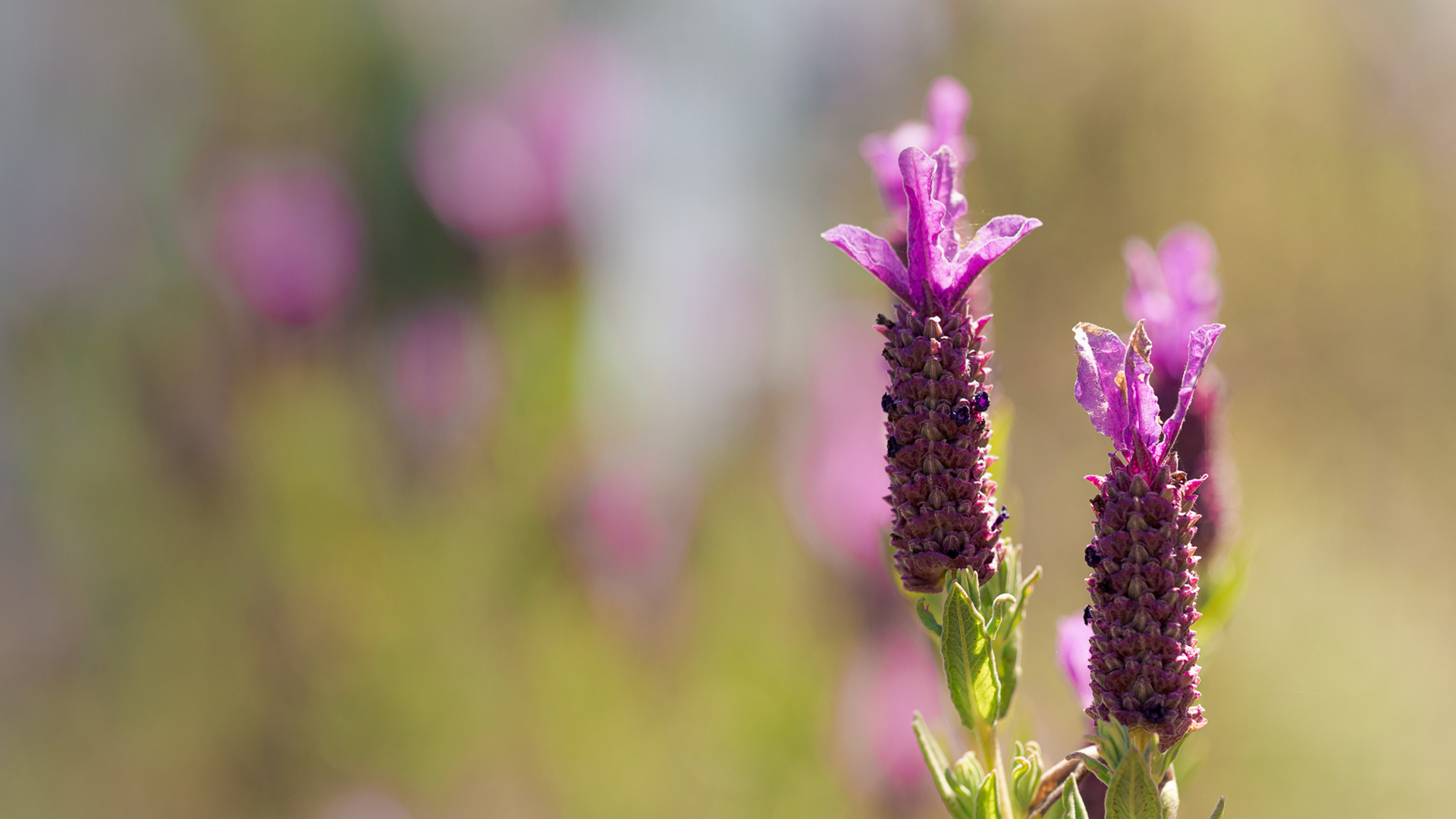Springtime in the woods: the changes climate change bring with it.
We have already mentioned the astronomical spring, but there is also the meteorological spring, as the climatic pattern varies with the change of irradiation of the Earth by the Sun, and the phenological spring, which marks the beginning and end of spring according to the natural cycles of flora and fauna in each country. These days, it is not uncommon to hear in the news that the rise in average temperature is causing flowers to bloom earlier and that this phenological season is starting earlier with each passing year: last year, the European Union Copernicus programme, focused on the observation of the Earth of the, reported that the almond trees of Malaga, in southern Spain, were blooming in early February, in the middle of winter. A month later, on March 14, the Japan Meteorological Agency reported that Tokyo cherry blossoms had begun to bloom ten days ahead of schedule, a record since record-keeping began, after a period of weeks when the temperature witnessed in the city was higher than normal. This year, forecasts indicate the same date for the blooming of sakura, as the cherry blossom trees of the species Prunus serrulatain Japan are called.
These changes are intertwined with global warming and the less severe winters currently being witnessed and the biological rhythm of plants responds according to such climate changes. Given its geographical position, the phenological spring in Portugal begins in the south of the territory.
Theoretically speaking, the start of spring, or rather the heat that comes with it, marks that time of year when plants can leave their winter dormancy and resume their growth, enjoying favourable conditions for their development. The premature arrival of spring is one of the consequences of drought that, as the rains stop causes plants to wake up before they were supposed to – less rainfall means less cloudiness, which translates into more hours of sunshine, and the temperature range with higher temperatures during the day and colder nights creates a set of conditions that confuse Nature.
Sometimes, the difference may seem small, for days or even weeks, and the differences depend on the region of the country but this is enough to promote the imbalance of ecosystems, especially if we consider the long-term consequences. A major example of this imbalance is the possibility of flowers, as they bloom too early, being damaged by late frosts, resulting in ecological incompatibility, causing deregulation between dependent species (as already happens between orchids and bees) thus requiring quick adjustment of species.
Spring seems to come earlier and earlier but but that is not the case in some parts of the world and this season arrives in other areas of the planet later than expected. Once again, the influence of late arrival is also negative for the functioning of ecosystems and will require adaptation on the part of fauna and flora, which awaken at a different pace than usual. These adjustments reflect on the abundance and distribution of species, the composition of communities, habitat structures and ecosystem processes, the European Commission points out.
On this topic, Diogo Raposo‘s master’s thesis, which focused on the response of generalist carnivores to the abundance and activity pattern of small mammals in Mediterranean environments, showed that, in the case of murids (a family of rodent mammals), changes in the number of hours of daylight, reduced rainfall and reduced availability of trophic resources (the availability of food) may have caused changes in the activity pattern of murids and led to a decrease of specimens in the spring, a clear sign of the effects of seasonal variations.
Studies assess the causal link between longer springs, in which the flora emerges earlier and in greater quantity, and resulting in greater water absorption, which intensifies the disappearance of soil moisture, and, consequently, drier soils, which means higher temperatures near the ground, prolonged summers (one day per decade) and extremely hot ones, and more and more sever heat waves. In the medium term, the result will be dry summers, also longer and warmer. Early vegetation leads to very rapid water losses through evaporation into the atmosphere, accelerating the hydrological cycle. At this rate, and in the long term, in a matter of decades, changes will be unavoidable.
Spring, especially phenological spring, should continue to awaken in us the emotion of watching, year after year, Nature prevailing over the harshness of winter. It is an invitation without an appointment, but it never fails and never ceases to offer us such beauty: the awakening of biodiversity is there nearly everywhere, in the woods, in the gardens and our backyards, regardless of its duration.





